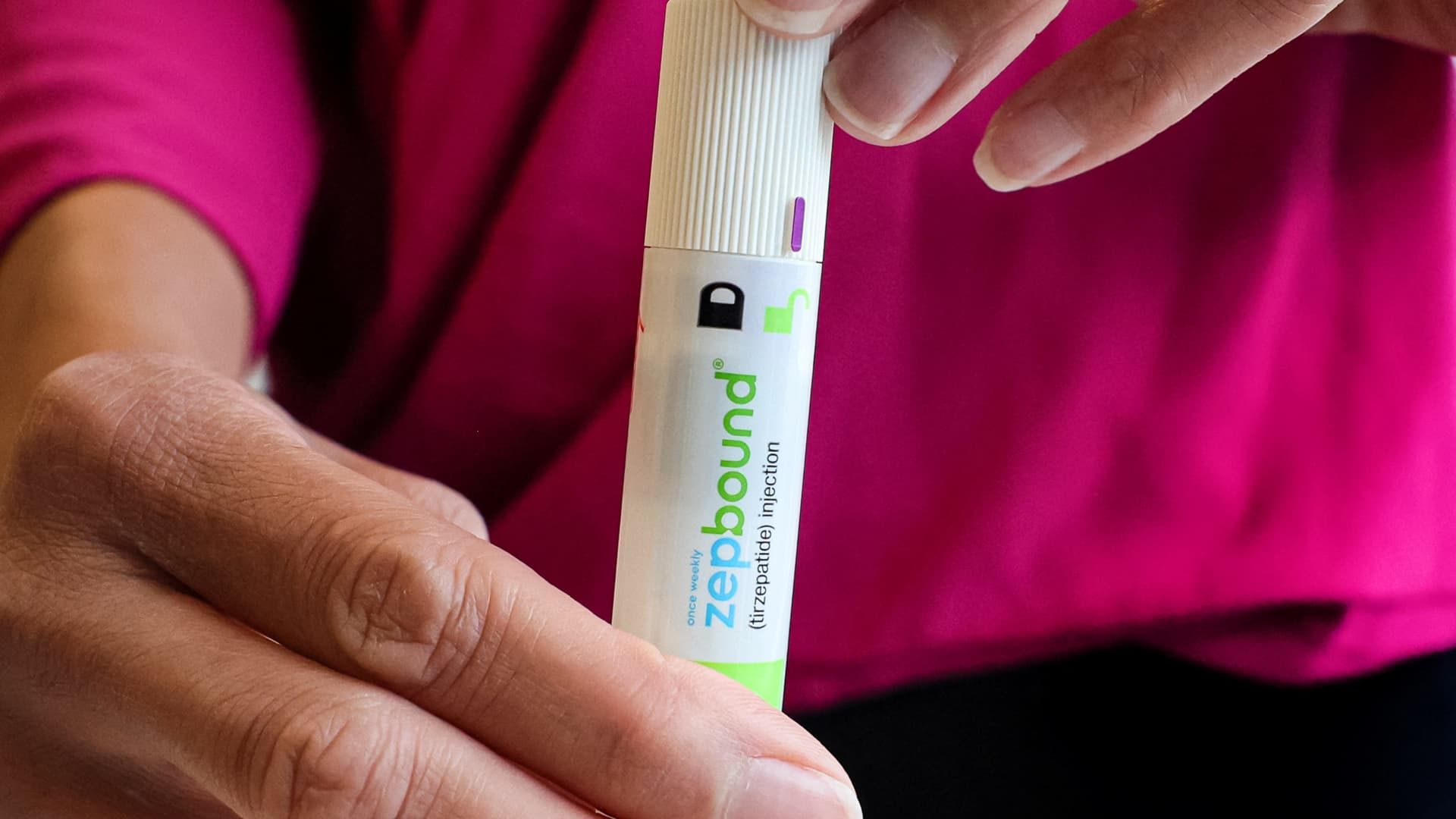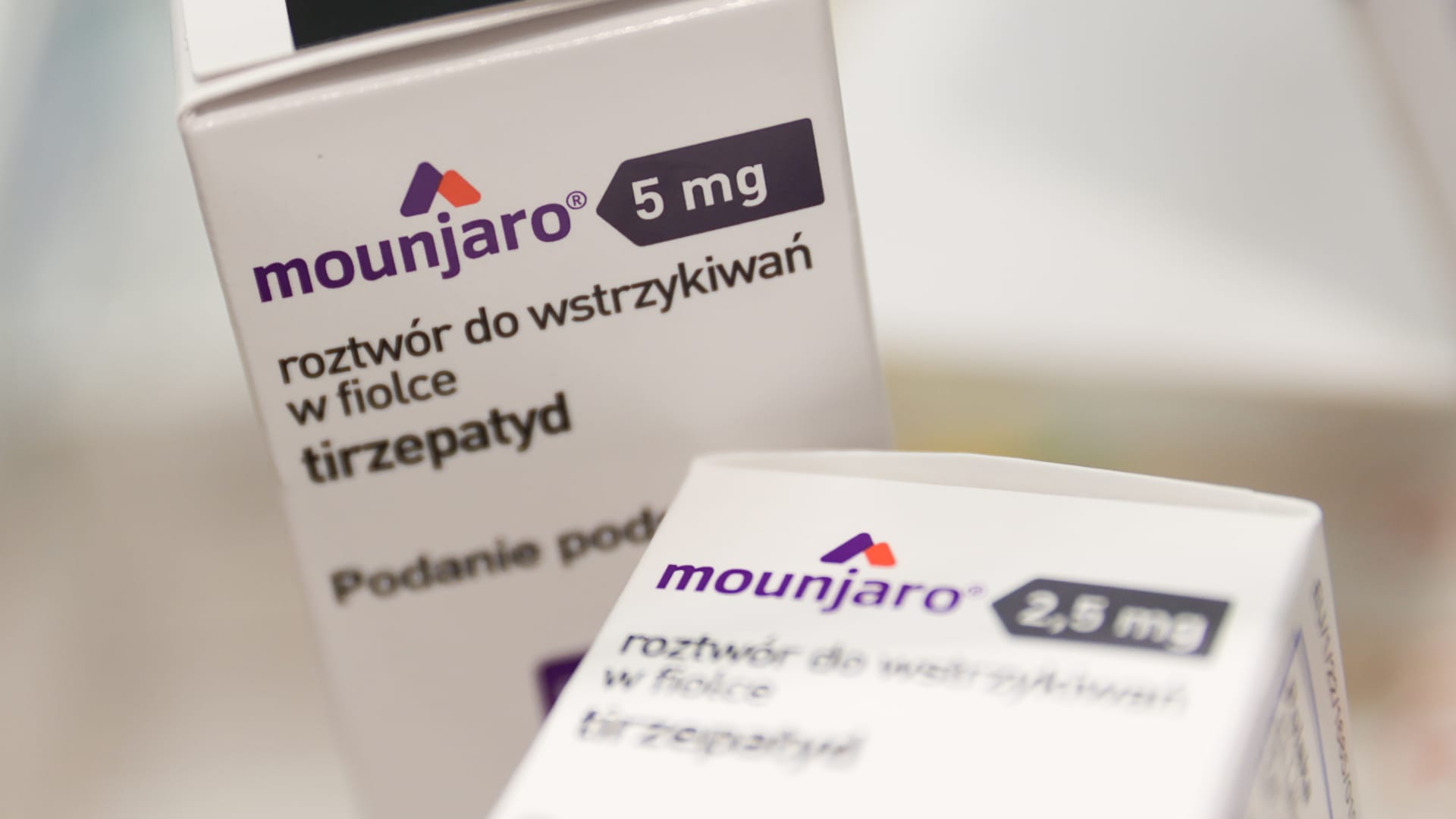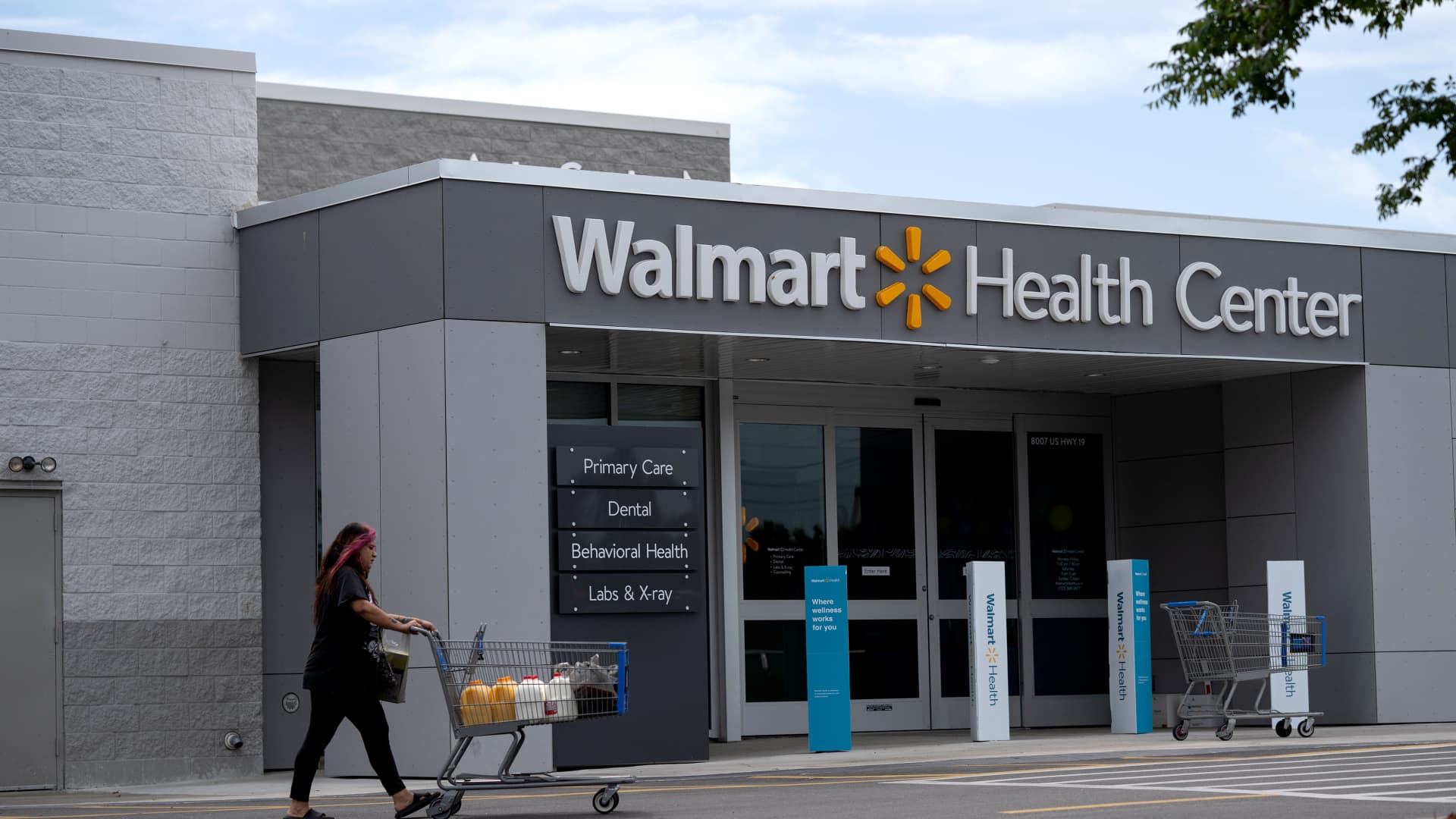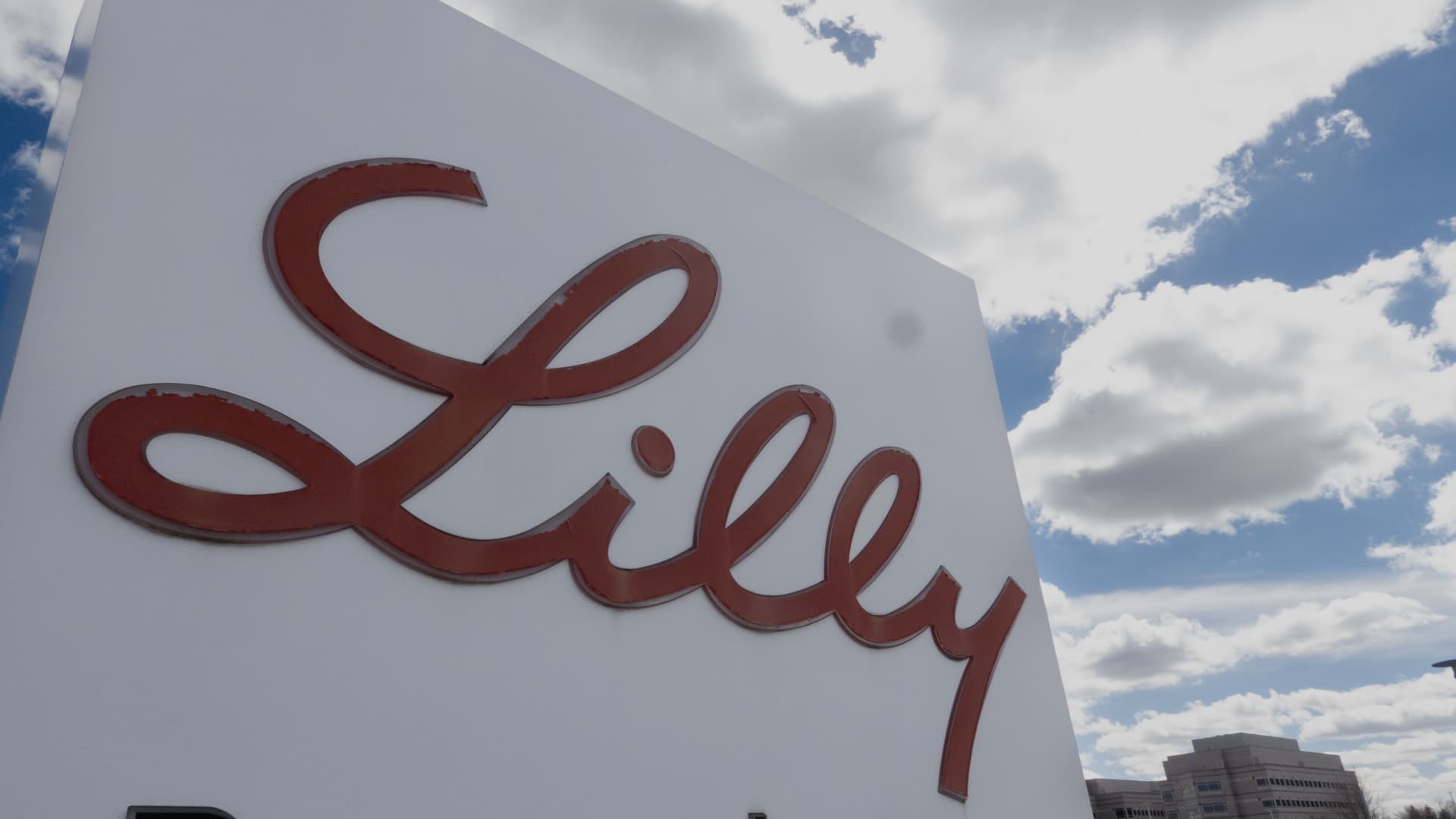Many American companies are dealing with health insurance coverage issues for workers when it comes to GLP-1 weight loss drugs.
Despite the high price (typically between $1,000 and $1,500 per month), consumers clamor for medications such as Nordisk's Wegovy and Eli LillyThere's Zepbound. This class of drugs, historically used to treat diabetes, has gained broader appeal, and while some employers provide coverage, often with limitations, others struggle to determine how to cover them without breaking the bank.
An October survey of 205 companies by the International Foundation for Employee Benefit Plans found that 76% of respondents provided coverage for GLP-1 diabetes medications, compared to just 27% who provided coverage for loss of work. weight. But 13% of plan sponsors indicated they were considering coverage for weight loss.
“Right now, there are still a lot of questions among employers,” said Julie Stich, vice president of content at the International Employee Benefit Plan Foundation. In addition to high costs, companies do not have long-term data on effectiveness and possible side effects to support coverage, and some are simply biding their time until more of this information is available.
Still, many benefits experts say it's a question of when, not if, more employers will cover GLP-1 drugs.
Certainly, prescription volumes for GLP-1 weight loss drugs are increasing. Novo Nordisk recently became Europe's largest publicly traded company due to investor enthusiasm for the obesity market, and has just made a major acquisition in a bid to increase manufacturing capacity for LPG treatments. 1 due to lawsuit, buying drugmaker Catalent for $16.5 billion to increase supply of Wegovy and the diabetes vaccine Ozempic.
Meanwhile, Eli Lilly's recent results were boosted by the launch of Zepbound, which won approval from US regulators in early November and raked in $175.8 million in sales during the fourth quarter. Wall Street's most optimistic assessment sees a drug that can generate more than $1 billion in sales in its first year on the market and eventually become the biggest drug of all time.
Here's what employers and employees need to know about the changing landscape of weight loss medications and health insurance coverage.
The annual cost is the elephant in the room: $18,000 per employee.
At least 70% of the 18 major commercial health plans that Tufts Medical Center tracks in its specialty drug database cover GLP-1 obesity drugs, with various limitations. But larger U.S. companies are generally self-insured, so they make the decisions when it comes to coverage, and for them, cost is a major issue.
States can decide whether to cover weight-loss drugs under Medicaid, meaning coverage can vary, according to a KFF report. The state of North Carolina recently made the decision to discontinue obesity drug coverage for state employees.
Medicare does not cover weight-loss medications, except for patients with type 2 diabetes. In particular, 76% of older adults believe Medicare should cover prescription medications for weight control, according to recent findings from the National Survey on Aging Healthy.
At $1,500 a month, employers could be paying $18,000 a year to provide weight-loss drugs to a single employee, said Greg Stancil, senior account executive at Scott Benefit Services. If you have, say, 56 employees taking the drug, that's more than $1 million a year. That's a cost that “simply didn't exist in 2022; now they have this potential long-term expense that they're trying to figure out what to do with,” Stancil said.
“The balancing act is maintaining a strong benefits package so they can recruit and retain employees, but also managing the cost of that package to keep costs down for the employees and the employer,” Stancil said. “All employers would love to cover everything so everyone would be happy, but someone has to pay for it.”
Employers who already cover weight-loss drugs say it's worth it
Ninety-nine percent of companies that already cover GLP-1 say they plan to continue covering them, according to a survey by Accolade, a personalized healthcare company. Among other things, these employers cite increased employee satisfaction and well-being, increased participation in other wellness programs, and improvement of other health conditions as reasons for coverage.
“HR benefits leaders recognize that this is something employees want because many people want to lose weight,” said James Wantuck, associate medical director at Accolade.
BMI, obesity and issues in plan design.
There are obvious benefits to losing weight and associated health benefits, but there are other cost and healthcare concerns that employers should take into account.
What could be the use within the company? Who should be covered? Should there be limitations like someone having a diagnosis of obesity or a BMI above a certain limit?
Most companies (79%) that cover these drugs require insured members to clear some hurdles before coverage is approved, according to the survey by the International Foundation for Employee Benefit Plans. This includes requiring prior authorization; use step therapy (32%), which requires the use of other lower-cost medications first; and specific eligibility requirements (16%). The survey also found that companies that are allowed to select multiple cost controls, if applicable, also use annual and lifetime maximums. Fourteen percent of respondents who cover these medications said they did not have cost control mechanisms in place.
The potential long-term costs to employers are an issue, and an especially difficult calculation, since no one really knows how long people will need to stay on the medications to achieve long-term effectiveness, while stopping them is associated with a weight gain.
Employers “are really struggling with cost versus benefit,” Stich said.
Although GLP-1 drugs are expensive, they currently account for only 6.9% of annual claims, according to data from the International Foundation for Employee Benefit Plans.
How consumers can try to save in the meantime
Consumers whose companies do not cover the drugs are in a difficult position. Many will be forced to pay out of pocket or lose out, said Brian O'Connell, an analyst who covers the insurance market for InsuranceQuotes.com. “It really depends on your bank account. If you make $45,000 a year, have a mortgage and have a kid in college, there are limited options,” O'Connell said.
First, employees should find out from their employer what the benefits actually are, Wantuck said. In some cases, these medications may be covered, but restrictions or requirements may apply, such as a BMI threshold to qualify, or the employee may be required to participate in an exercise or diet program.
Consumers with commercial insurance can get assistance through the manufacturer if they are eligible for savings programs. The Wegovy and Zepbound websites set out the terms of manufacturer discount programs that may apply. For example, with Wegovy you must have a prescription and cannot be enrolled in a plan where the medication is covered. Consumers should read the restrictions carefully.
Novo Nordisk says about 50 million American adults have coverage for obesity drugs (40 million through commercial insurance and 10 million through Medicaid) and about 80% of Wegovy's American patients with commercial coverage pay $25. a month or less. For commercially insured patients who do not have insurance coverage or pay cash for their prescriptions (but are not government beneficiaries), Novo Nordisk and Eli Lilly cite potentially significant savings off the full retail price: up to $500, according to Novo Nordisk . and up to 50%, according to Eli Lilly, although monthly and annual limits apply to discounts.
“For consumers, it never hurts to look for coupons or discounts from manufacturers and ask for them,” Krutika Amin, associate director of healthcare news, research and policy organization KFF, wrote in an email. “The answer may be no in certain cases, but in other situations patients could save several hundred dollars.”
Amin added that as more manufacturers enter the GLP-1 market, manufacturers may offer competitive discounts to try to get patients to choose their drug. “The market is still new, but as demand stabilizes and there is more competition in the LPG-1 market, manufacturers can change prices to remain competitive. So even if the answer was no last time, It might be worth keeping an eye out.” she wrote.
Looking abroad, as some American consumers do when it comes to expensive drugs, is less likely to help in this case, at least for now. While recent KFF research indicates that even with coupons and discounts, prices in the U.S. are higher than in other large, wealthy countries, Amin said that as countries have faced shortages of people using these medications for diabetes, it may not be possible to obtain them. abroad.
In the meantime, benefits consultants hope the coverage issue will eventually resolve itself, given the need and long-term benefits these drugs can provide.
“It's a matter of time before most companies cover these drugs in some way,” Wantuck said. “There is a lot of evidence that they help people lose weight and prevent really serious diseases like strokes and heart attacks. It will become increasingly difficult not to cover these drugs because the benefits appear to be so great.”












